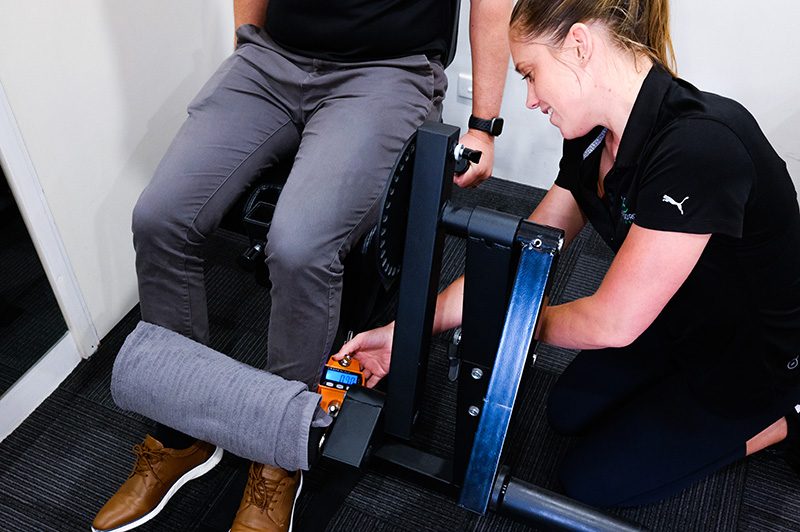Surgical VS Conservative Management
If you’ve recently been diagnosed with an ACL rupture I’m sure you might be asking ‘what now?’ ‘Is surgery my only option?’
Well, I’m here to let you know that in some cases – no, not all ACL injuries require immediate surgery. In fact, emerging research is showing that there is no difference between surgery and conservative management in patients who reported their knee function at the 2-year and 5-year marks post injury. And in some very lucky cases, new data is showing that the ACL can regenerate itself, something that is happening more than experts previously thought.
Deciding which pathway to take should be dependent on the individual goals of the patient, and a collaborative decision should be made with input from a surgeon and physiotherapist. And regardless of whether you decide to go for surgery or conservative management, following a strict rehabilitation protocol is a crucial component for a successful outcome.
To help you with your decision, I have outlined below the pros and cons for both pathways.
ACL Surgery
Pros
- Increased knee stability earlier – potentially better function if keen to return to cutting/pivoting sports as soon as possible.
- You can still rehab and strengthen the knee before surgery. Having to wait a few weeks/months before operating doesn’t impact long term outcomes in comparison to those who had surgery immediately.
- It is better to operate if there are more severe injuries to the knee as well (meniscal damage, fractures, other ligaments etc)
Arthroscopic surgery means minimal scarring/not very invasive.
Cons
- 1 in 5 ACL’s are re-injured within 2 years of surgery.
- Much higher cost.
- Time in hospital,
- The surgery will involve taking a graft from either your hamstring or quadricep muscle to make your new ACL. This causes soft tissue damage to this muscle group and must be rehabbed as well.
- Risk of arthritis long term.
- Post-operative complications – lesions, infection, DVT, scar tissue, loss of range of movement, pain.
- Difference in knee appearance/muscle growth – ACL surgical scars, reduced muscle bulk.
- Longer return to work/sport/life (Return to sport can take. anywhere from 10 – 12+ months).
- May not be the best option for those who don’t have any intention in returning to cutting/pivoting sports.
Conservative Management
Pros
- Less cost involved – just physio rehab, ongoing taping/bracing if returning to sport.
- Non-invasive.
- Can always opt for a surgical pathway later on if not happy with knee function.
- Return to work/life/daily activities sooner if knee function has returned.
- Knee laxity/instability improves with proper rehab/time (at the 10 year mark patients reported the same knee stability scores as those who had a reconstruction).
- Can participate in a lot of sports/activities without an ACL with no issues (running, weight lifting, cycling, etc)
Potential for the ACL to regenerate without surgery in some cases.
Cons
- Risk of knee instability – more likely to get meniscal tears or chondral damage if returning to contact sport. May need to brace/tape for sports.
- Potential reduced function and performance returning to pivoting/cutting sports.
- If knee injury is more complex – meniscal tears/fractures etc. then surgery may be required.
- Must be very diligent with rehab – have to strengthen muscles around the joint to make up for lack of ACL.
- If motor control patterning isn’t properly rehabbed there is also the risk of doing ACL on other leg due to compensation if returning to sport.
- These lists are not exhaustive as a number of individual differences play into this decision. If you would like to discuss the management of your ACL injury with an experienced physiotherapist, be sure to book an appointment with myself, or a member of our team, here at The Physio Rooms Woodvale.
Take care,
Morgan | Physiotherapist

